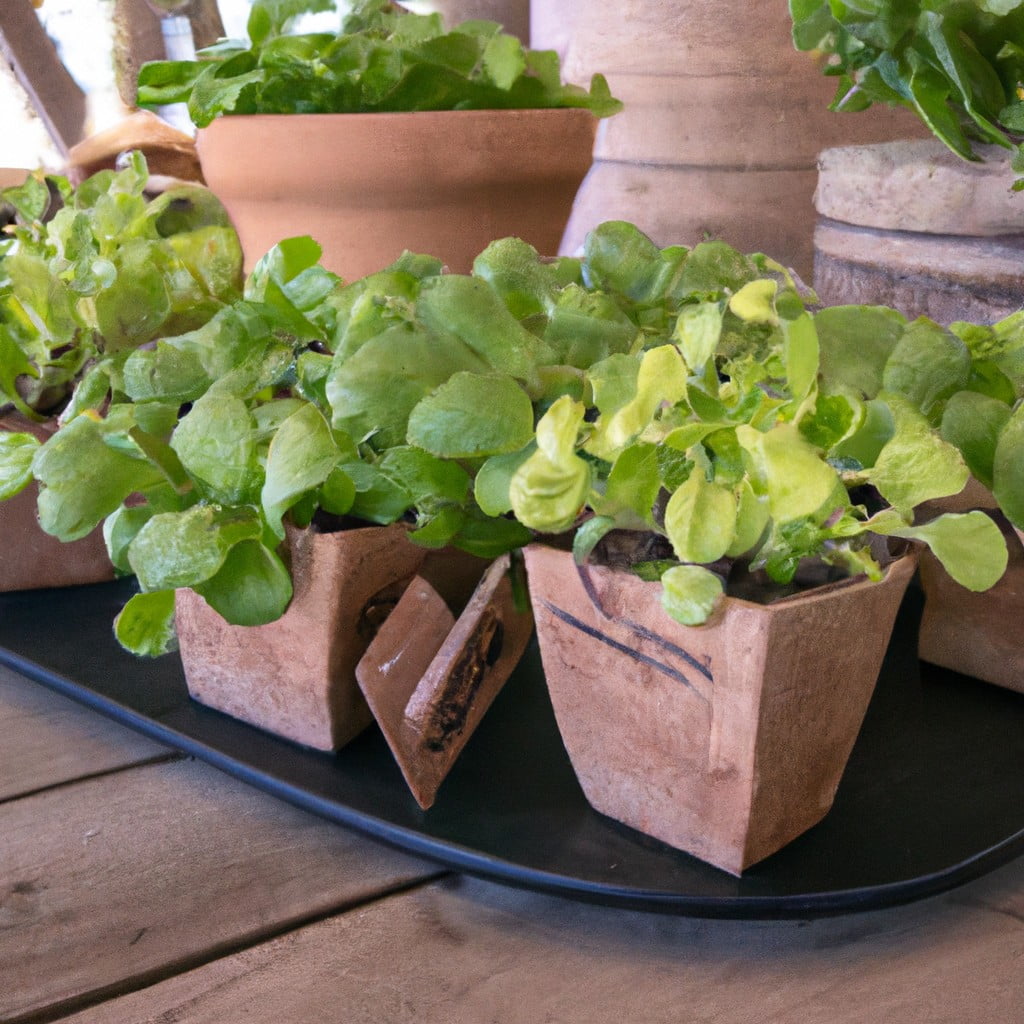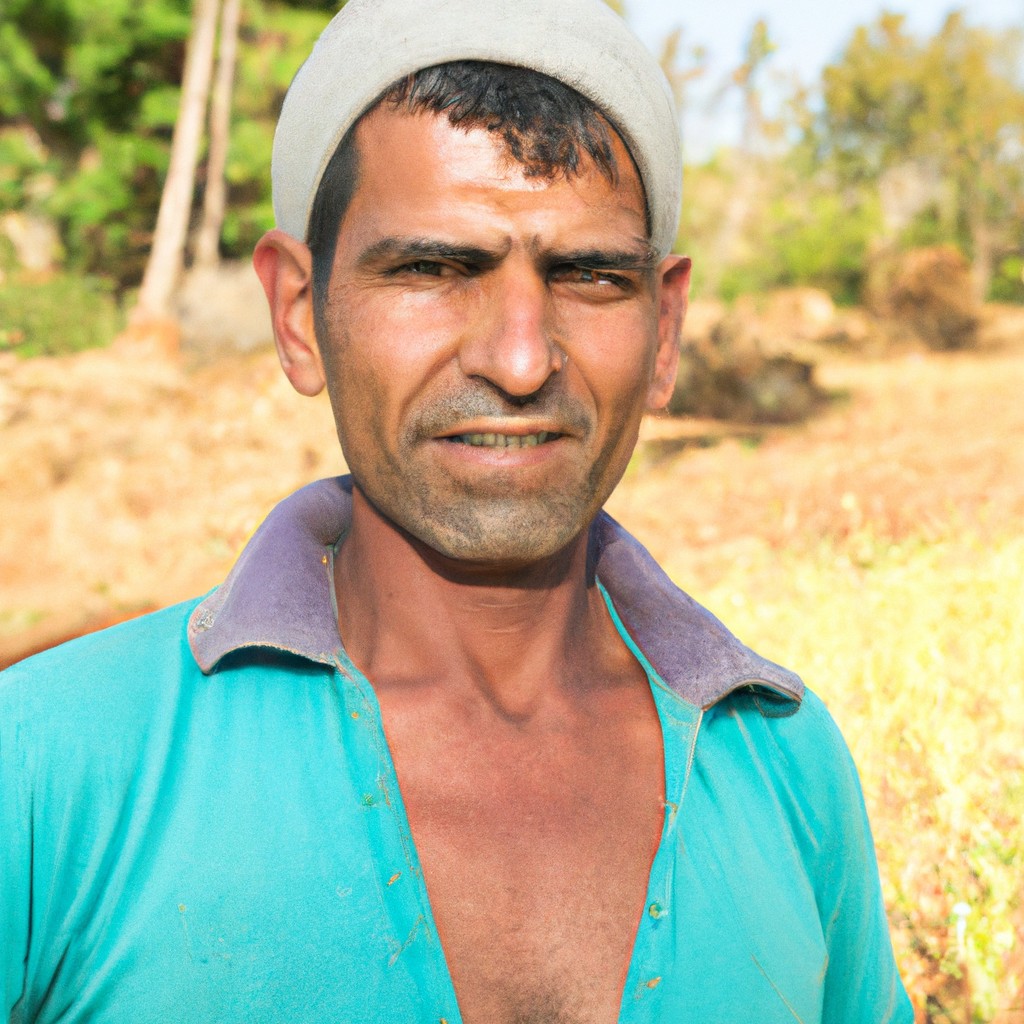Discover the essential steps to sourcing your food directly from regenerative farms, supporting both your health and our planet.
To purchase food directly from regenerative farms, one needs to identify local farms practicing sustainable and regenerative agriculture, visit farmers markets, join a Community Supported Agriculture (CSA) program, or use online platforms specializing in selling products from such farms.
This article will provide a detailed guide on how to do this effectively, explaining how to find regenerative farms, the benefits of buying from them, and how to ensure the food you’re buying is genuinely from a regenerative source.
Key takeaways:
- Identify regenerative farms through local research and directories.
- Look for crop diversity and sustainable land use practices.
- Don’t rely solely on food labels, ask farmers directly about their practices.
- Look for certifications like Regenerative Organic Certified or USDA Organic.
- Visit local farmers markets and join CSA programs for direct access to regenerative food.
Look Inside:
Understanding Regenerative Farming

Regenerative agriculture is an underpinning approach to farming that values nature and the soil. Its core principles focus on improving soil health, promoting biodiversity, capturing carbon from the atmosphere and effectively recycling nutrients.
Unlike conventional farming techniques that often rely on chemical inputs and machinery, regenerative methods tap into nature’s own processes to foster healthy, resilient ecosystems.
From no-till farming and organic composting to managed grazing and cover cropping, these practices restore degraded soil biodiversity leading to increased carbon sequestration and improved water retention.
Hence, every bite of food sourced from a regenerative system supports a chain of beneficial environmental impacts.
Benefits of Regenerative Agriculture
Regenerative agriculture offers benefits that extend beyond the farm to ecosystems, economies, and consumers. Notably, the practices reduce greenhouse gas emissions by capturing carbon in the soil, which in turn enhances its fertility and productivity.
This form of agriculture also increases biodiversity, improving wildlife habitats, stimulating beneficial insects, and leading to healthier crops. Economically, it has the potential to increase farmers’ resilience against external shocks like severe weather.
For consumers, crops grown in this manner often contain higher nutrient levels, while avoiding potentially harmful chemicals, enhancing both the taste and nutritional value of the food consumed. Lastly, purchasing from regenerative farms contributes to local economy, supports small-scale farmers, and promotes sustainable practices.
Identifying Regenerative Farms
One of the primary ways to identify regenerative farms is by researching agricultural enterprises in your local area. Due to the localized nature of sustainable farming practices, regenerative farms often maintain a strong presence in nearby markets and communities. Local agricultural or environmental agencies often have directories available, providing a valuable resource for identifying such farms.
Another indicator is the farm’s crop diversity. Unlike conventional farms that focus on monoculture – the cultivation of a single crop over a large area – regenerative farms prioritize diversity, cultivating a variety of crops and raising a range of livestock to promote a balanced ecosystem.
Also, notice the farm’s land use practices. Efficient water management, cover cropping, conservation tillage, and composting are some practices regenerative farms often employ. These methods help restore the soil’s organic matter, sequester carbon, and promote biodiversity.
Finally, don’t hesitate to contact farmers directly. Most will be more than happy to discuss their farming practices and clarify any questions about their approach to regenerative agriculture. However, always remember to respect their time and schedules.
Deciphering Food Labels
When inspecting food labels, it’s important to look beyond surface claims. Words like ‘natural’, ‘free-range’, and even ‘organic’ can be misleading, as they don’t always guarantee the food has been produced following regenerative practices.
Look for specific terms like ‘pasture-raised’, ‘permaculture’, or ‘biodiversity’ which are more closely aligned with regenerative agriculture.
Ultimately, the best label is a transparent farmer willing to share his farming practices.
Do your research, and don’t hesitate to ask the farmer or supplier about how the food was grown or raised.
Reading Certifications and Sustainability Labels
Decoding certifications and sustainability labels is crucial in distinguishing genuinely regenerative food from potentially misleading products. Firstly, look for products with a ‘Regenerative Organic Certified‘ label. This certification, developed by the Regenerative Organic Alliance, guarantees high standards in soil health, animal welfare, and worker fairness.
‘USDA Organic‘ is another label to look out for. While not exclusively regenerative, USDA Organic certification typically indicates a step above traditional farming in terms of sustainability.
Another label, ‘Certified Biodynamic‘, indicates a whole-farm approach to sustainability and accounts for soil health, animal welfare, and biodiversity.
Unfortunately, no label gives a 100% guarantee, as current regulations still allow for some dubious practices. Therefore, always supplement label-reading with additional research.
Interacting With Regenerative Farmers
Building relationships with the individuals who grow your food is advantageous for numerous reasons. This rapport allows you to understand the farming process, from seed to harvest. It opens opportunities to ask questions about their farming practices, thereby ensuring they align with your values and expectations.
When possible, visit the farms. Observe their operations and the condition of the soil, plants, and animals. Not only does this validate the integrity of their practices, but it also demonstrates your support for their dedication to sustainable farming. Additionally, get acquainted with the farmers at local markets. Their insight can enrich your knowledge about seasonal foods and ways to prepare them. The dialogue between consumer and farmer is a pivotal part of supporting the regenerative agriculture community.
Online Platforms for Buying Regenerative Food
Several digital platforms can facilitate the purchase of food from responsibly managed farms. Market Wagon, for example, serves as a virtual farmers market, offering products directly from sustainable farms within your region.
Another is Farmbox Direct, which delivers regionally-grown, organic products right to your doorstep.
Websites like Grazed & Enthused focus on regenerative meat and seafood, ensuring only the highest quality, sustainably-raised products.
Thrive Market provides options for regenerative and biodynamic foods, carefully vetting their suppliers for sustainable practices.
These platforms are instrumental in bridging the gap between producers practicing regenerative agriculture and consumers supporting it.
Local Food Markets and Regenerative Farming
Making a routine of visiting your local farmers markets can be a substantial leap towards purchasing regeneratively farmed foods. These markets are hubs for genuine interaction with farmers who use sustainable and regenerative farming techniques.
Here, you get to ask specific questions about their farming practices and products, unlike in supermarkets where this detail isn’t readily available. For a more informed decision, requesting farm visits can help verify their farming methods.
Also, shopping at these markets goes beyond just buying organic food, thus supporting local farmers committed to improving the health of our planet’s soils.
Participating in Farm Shares or Community Supported Agriculture Programs
Community Supported Agriculture (CSA) programs are exceptional avenues to ensure a steady supply of locally grown, regenerative food. Typically, consumers pre-pay for a season’s worth of produce, essentially buying a “share” of the farm’s harvest. This upfront payment provides farmers with operating capital for the growing season and offers consumers a direct connection to their food source.
Upon enrollment, you receive weekly or bi-weekly boxes of fresh, seasonal produce, often with the option to add dairy, poultry, or meat items. If a farm is not exclusively regenerative, it is crucial to inquire about the natural products in the share. The food provided is usually harvested within a day or two of distribution, maintaining maximum freshness and nutrition.
While CSAs are common in the United States and Europe, other regions may have equivalent programs under different names, promoting the same direct-to-consumer model. Explicitly asking about their farming practices can ensure you are supporting a regenerative farm. Always verify that the farm follows soil health principles, prioritizes biodiversity, and engages in ethical treatment of livestock.
Direct Purchase From Regenerative Farms
Once you have identified these farms, it’s possible to buy directly from them. A quick search on most farm websites will reveal whether they offer this option.
If they do, it typically involves visiting the farm during specified hours, or sometimes, arranging appointments for pickup. Also, some farms have onsite farm stands or stores, offering everything from freshly harvested produce to eggs, meat, and dairy products.
Besides supporting the farm directly, this method of purchase gives you the chance to see the regenerative practices in person. While it may not be the easiest or most convenient way to buy food, it can be one of the most impactful.
Food Delivery Services From Regenerative Farms
Several regenerative farms have partnered with food delivery services, providing customers the convenience of receiving sustainably grown produce at home. These services usually operate on a subscription basis, with customers choosing the size and type of box they desire – for instance, mixed vegetables, all fruit, or a combination of fruits, vegetables, and grains.
To ensure you’re patronizing true regenerative farming operations, scrutinize the delivery service’s website for details about their partner farms. Often, they will list their farming partners and describe their practices in-depth.
Furthermore, these services often provide recipe suggestions tailored to your delivered box, offering innovative ways to utilize your sustainably sourced produce. Not only does this service offer convenience, but it also introduces customers to new, seasonal produce they may not usually purchase.
Ensure that the delivery service uses minimal packaging, or that its packaging is recyclable or reusable, to stay in line with sustainable and eco-conscious practices.
Seasonal Considerations for Buying Regeneratively Farmed Food
Taking into account the seasonality of produce is crucial. During their natural growth period, fruits and vegetables are at their nutritional peak and taste the best.
Furthermore, buying seasonal foods supports the natural cycle of regenerative agriculture. Expect to find root vegetables, gourds, and hearty greens in the colder months, while summer brings an abundance of fruits, berries, and nightshade vegetables.
Each season offers a distinct array of produce, encouraging a diverse diet and an ongoing culinary adventure. It’s prudent to research and familiarize yourself with the seasonal calendar in your region to maximize your regenerative food shopping efforts.
Price Considerations and Budgeting for Regenerative Food
While regenerative food might come with a higher price tag due to the cost-intensive practices involved, there are numerous ways to balance your budget.
Considering the nutritional value and environmental benefits, these products offer more for your dollar than conventional food.
Planning meals ahead and buying in bulk can significantly reduce costs.
Opting for seasonal produce is another cost-effective strategy, as out-of-season items typically require more resources for cultivation and transportation, escalating prices.
Moreover, joining a CSA program can provide savings, as you’re sharing the farming costs with other members and getting fresh produce at wholesale prices.
Lastly, if budget constraints still persist, prioritize buying staple foods and meats from regenerative sources, as these tend to be the most impactful in terms of environmental footprint.
Storing and Cooking Regeneratively Farmed Food
Regeneratively farmed food not only requires special attention during cultivation, but also in preparation and storage. Most notably, certain greens and root vegetables from these farms can be stored in the refrigerator or a cool, dry pantry to keep their freshness intact longer. Optimal storage can significantly improve the flavor profile of your dishes and reduce food wastage.
When it comes to cooking, it’s essential to honor the high-nutrient profile and freshness of regeneratively farmed produce. Minimally processed cooking methods are ideal to maintain the nutritional quality of these foods. Steaming, grilling, and roasting are great ways to amplify the food’s natural flavors without diminishing their nutrient content.
Additionally, due to the rich, fertile soils used in regenerative farming, the fruits and vegetables grown there tend to be more flavorful. This allows you to potentially use less seasoning and fat during cooking, resulting in healthier dishes. Always remember, the ultimate goal is to nourish our bodies with nutrient-dense food while supporting farming practices that rejuvenate the earth.
Advocating for Regenerative Agriculture
Voicing your support for regenerative farming methods can catalyze a larger shift, promoting awareness and inciting change.
Reach out to local policymakers, urging them to support or create initiatives that prioritize this sustainable farming approach.
Educate those in your circles about the importance of regenerative agriculture, its benefits over traditional farming, and its potential in addressing climate change.
Additionally, using social media can be a great medium to express your support and engage others.
Finally, aligning your spending habits to support farmers engaging in these methods sends a strong signal to the market about consumer demand for sustainable practices.
The Future of Regenerative Farming
As climate change challenges continue to mount, the role of these farms in our global food system is evolving. With more consumers becoming conscious of their food choices, demand for regeneratively grown products is expected to increase.
This could lead to more farms adopting these techniques, ultimately contributing to a sustainable food future. However, numerous obstacles still need to be addressed, including the economic viability for farmers, the scalability of these methodologies, and the need for further research.
Fostering transparent and direct consumer-farmer relationships, policy support, and education in regenerative farming practices are all essential for this movement to flourish.
FAQ
How much does regenerative farm cost?
The cost of implementing regenerative agricultural practices is approximately US $355.05 per hectare, but it generates an annual net profit of approximately US $530.39 per hectare.
Can you make money with regenerative agriculture?
Yes, through regenerative agriculture, an investor can potentially increase the profitability and value of their farmland asset.
How do I start regenerative farming?
To start regenerative farming, one should implement practices such as using cover crops, reducing tillage, rotating crops, applying compost and inoculants, and minimizing the use of synthetic fertilizers, pesticides, herbicides, and factory farming.
What specific practices are involved in regenerative farming?
Regenerative farming involves practices such as crop rotation, green manures and compost, organic production, reduced tillage, and livestock integration to enhance biodiversity, enrich soil, improve watersheds, and capture carbon.
How does regenerative agriculture impact soil health and biodiversity?
Regenerative agriculture positively impacts soil health and biodiversity by enhancing soil fertility, sequestering carbon, increasing water retention, and fostering diverse and resilient ecosystems.
What are the community and economic benefits of supporting regenerative farms?
Supporting regenerative farms can boost local economies, create jobs, enhance biodiversity and environmental health, improve food security, and strengthen community bonds.




